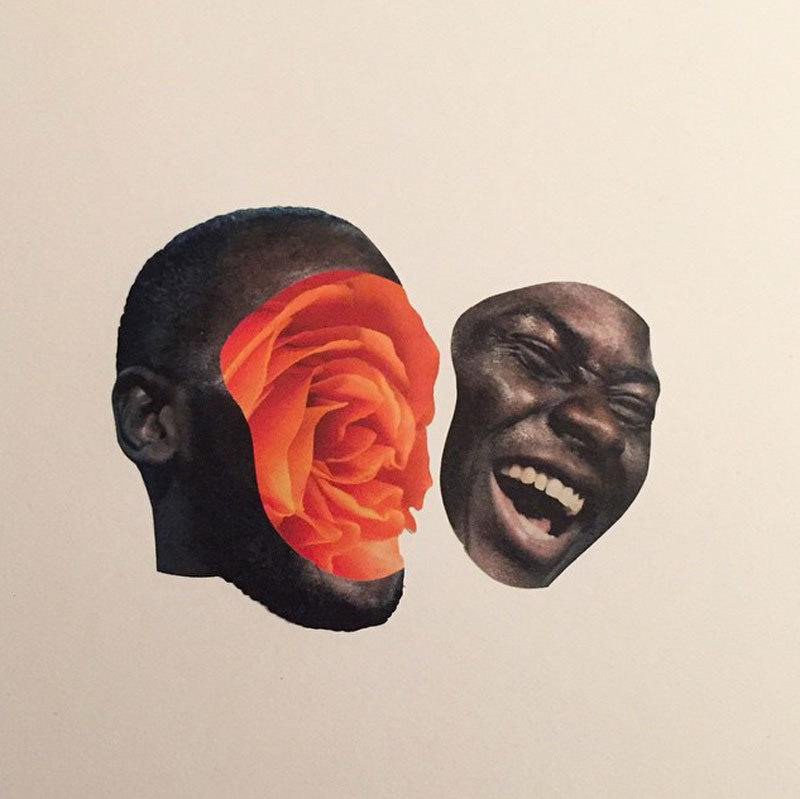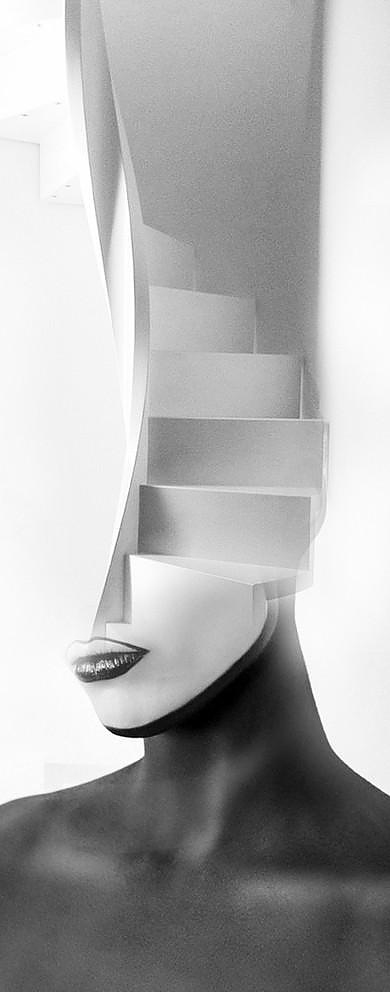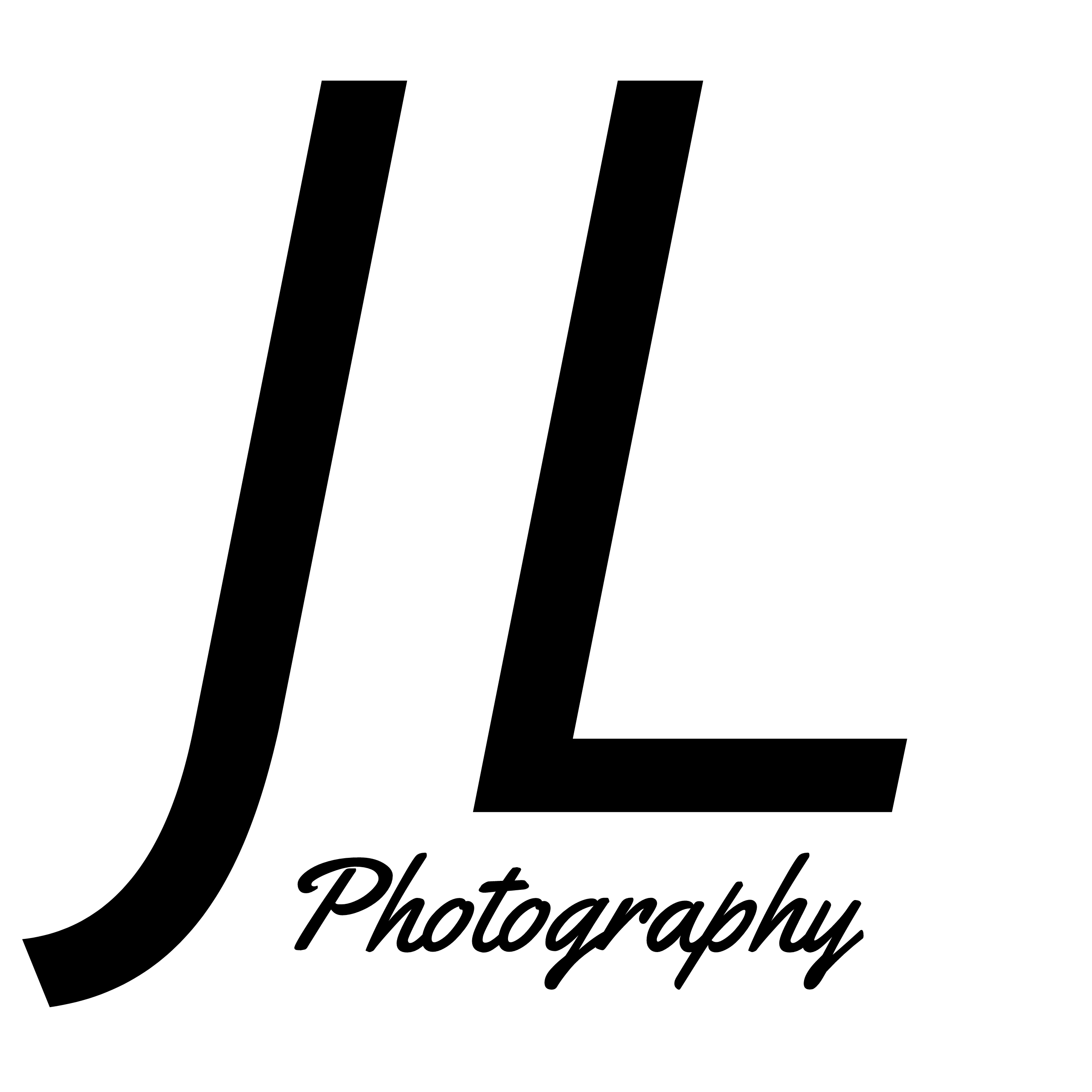After completing my research and having produced some experimental pieces I have come to the conclusion that the best direction to push in, is one solely based around photography. I reached this conclusion after looking at many inspirational pieces of work that have been created via other mediums, such as paintings, graphical designs and collages. My main sources of inspiration have come from Adam Hale, who runs the Instagram account @the.daily.splice, and Antonio Mora, the creator of double exposures that I personally find very stimulating. Venturing down one of these paths would not be as beneficial as pushing a purely photographical project that will allow me to gain further skills in that area and exploit the strengths I already posses. In addition to this, many of my weaknesses relate to post-processing images, particularly in a manipulative sense. This is purely down to my lack of experience doing anything like that.


Examples of Adam Hale's splice work.
I have decided that I am going to produce a double exposures as my finals. I want to explore this in a way that pushes past the generic selection that you see floating about, that predominantly use a portrait and then some sort of landscape photograph that allures to what the subject in the first image may be thinking about.


Examples of Antonio Mora's work via double exposures.
The brief states that I will need to consider and understand the combination of lighting and post-production. A double exposure will require obvious work after the fact to combine the images taken in a creative manner. Lighting is an important part of producing the initial images as focussing it in the correct places will allow for a split in the images that takes advantage of the difference in highlights and lowlights between the two. For example the first image may be slightly blown out in one area, which will allow you to easily use this section as a base for the second image. Contextually, it is important to consider how both images that are a part of the double exposure link together to create a 'hybrid' and the juxtaposition that will be used to deliver the metaphor behind the image. This will have a huge affect on how the viewer perceives the piece as a whole and what they eventually take away from it.
Obviously the term 'double exposure' was coined during the film era, where one negative would have been exposed to light twice, by accident or entirely on purpose. I think that it is important to explore this traditional/original method of producing a double exposure. Hopefully this will give me a more grounded approach to when it comes to recreating this effect digitally. Previously I have only had limited experience creating a digital double exposure, which is a particular weakness when it comes to creating something that is technically proficient to be displayed professionally in a gallery.
I plan to document my journey through this project by creating an on going weekly blog that reflects on the wider skills I have gathered/encountered throughout the project. I will be looking at; the context I am working with, my autonomy and own responsibility. My understanding of the theme, techniques and methods which have been explored through research activities. My conceptual and critical thinking, problem solving, research and enquiry, synthesis and creativity, analysis and evaluative skills. How I have adapted to the project context, performance, team and organisational work, ethical work. Also I will carry out personal evaluations and development, interpersonal and communication skills. Additionally I will produce an end of project written evaluation that will focuses on my use of photographic materials, techniques and technologies. This will summarise the wider skills that I have reflected on in my blog.
At the end of this project, my work will be on exhibition at the Westbury Arts Centre. I intend to have my image hung on the wall at eye level or higher. This will be to allow for an overhead light shine on the piece unobstructed by the viewer. There is nothing worse than trying to look at an image but then having your own shadow cast in the way. I plan to have my image framed with a border, but I have not yet decided on the exact frame, I know it will be plain. Having not seen the space in person, and keeping in mind that there will be many others also displaying their work, I do not know where I will hang piece. However, I will not need a large wall space as I only have a single image. I will have to allow for time to ensure that I can hang my piece securely at the gallery, although this should not take more than 30 minutes. I will have my images printed by Sims Labs.
My target audience includes anyone in the Milton Keynes area, specifically other artists and photographers. As I am a very inexperienced photographer, I will be happy for anyone to view my work. To reach out to this audience it will be important to advertise that the exhibition will be taking place. A great way to do this will be over social media, as we all have a great social reach on various platforms. Posters and flyers are just as important, which could be placed in our places of work for example.
References
dubble. (2017). History of double exposure photography. [online] Available at: https://life.dubble.me/2016/09/16/history-of-double-exposure-photography/ [Accessed 6 Oct. 2017].
Hale, A. (2017). Adam Hale (@the.daily.splice) • Instagram photos and videos. [online] Instagram.com. Available at: https://www.instagram.com/the.daily.splice/ [Accessed 6 Oct. 2017].
Mora, A. (2017). Antonio Mora. [online] Citizenatelier.com. Available at: https://www.citizenatelier.com/artists-antonio-mora [Accessed 6 Oct. 2017].
Sim Imaging. (2017). Sim Lab - Online Pro Photo Printing Lab. [online] Available at: http://simlab.co.uk/ [Accessed 6 Oct. 2017].
Westburyartscentre.co.uk. (2017). Westbury Arts Centre. [online] Available at: https://www.westburyartscentre.co.uk/ [Accessed 6 Oct. 2017].
